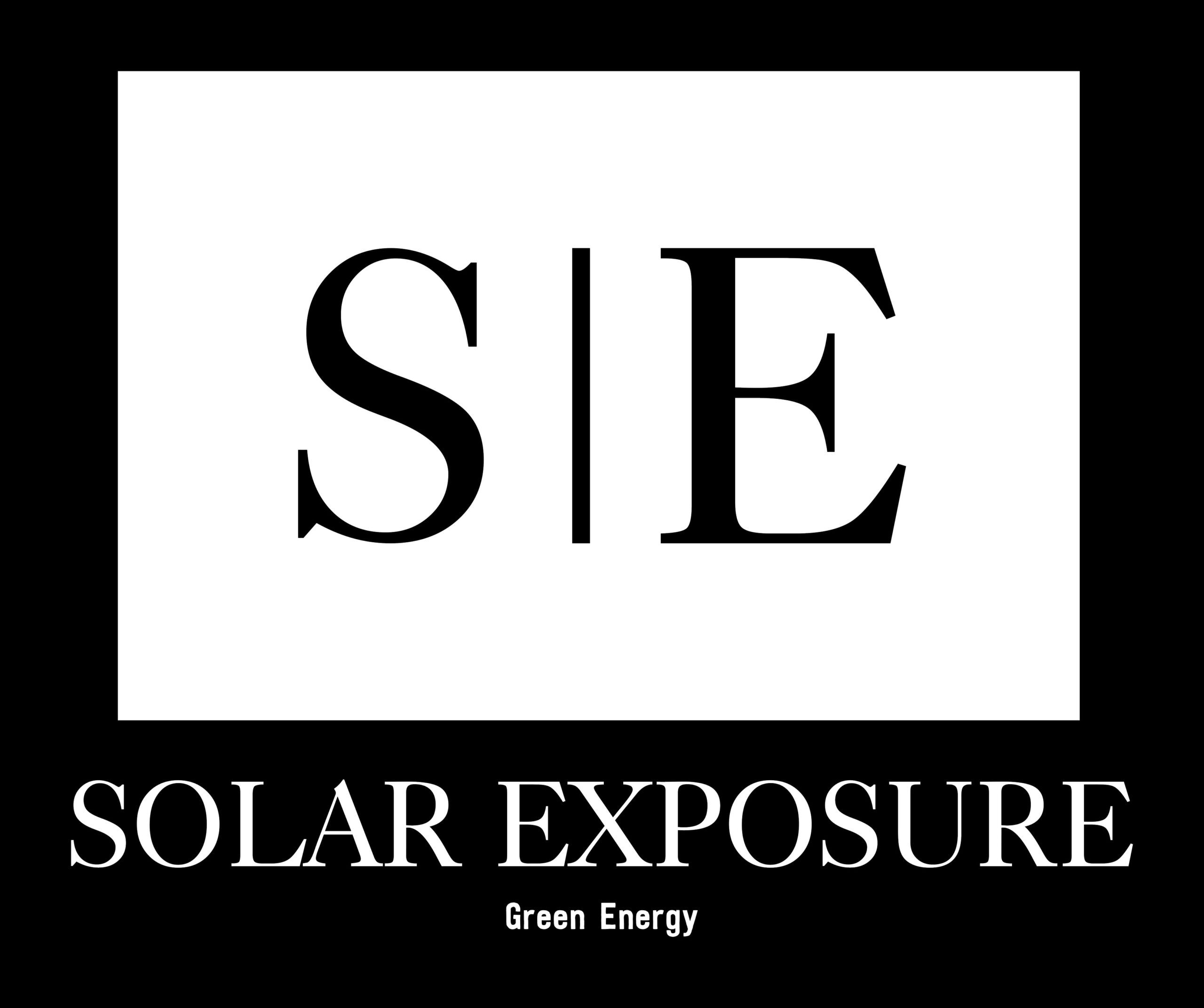Benefits Of Solar Panels
August 21, 2024Why are solar panels only 20 efficient?
September 17, 2024
Commercial solar panels have become highly efficient, with modern panels converting 15-22% of sunlight into usable electricity. This efficiency rate depends on factors like panel type, location, and installation quality.
Key factors affecting efficiency:
- Type of Solar Panels:
- Monocrystalline Panels: These are the most efficient, offering up to 22% efficiency due to their high-purity silicon.
- Polycrystalline Panels: Slightly less efficient, with rates around 15-18%, but they are more affordable.
- Thin-Film Panels: Least efficient, around 10-12%, but ideal for large installations needing flexibility or lightweight panels.
- Installation Location & Orientation: Panels installed in regions with ample sunlight will naturally produce more energy. The angle and direction toward the sun also impact performance. South-facing panels in the Northern Hemisphere, for example, maximize sunlight exposure.
- Temperature & Weather Conditions: Solar panels are more efficient in cooler temperatures. While they need sunlight, excessively high temperatures can slightly reduce performance.
- Advanced Technologies: Some commercial setups use technologies like solar tracking systems, which follow the sun’s movement, improving efficiency by up to 30%.
Lifespan and Output: Most commercial panels last 25-30 years, with gradual efficiency degradation over time. Their production capacity can drop by about 0.5% per year, but they still retain significant output even after decades.
In summary, modern commercial solar panels are highly efficient and continue to improve as technology advances.

